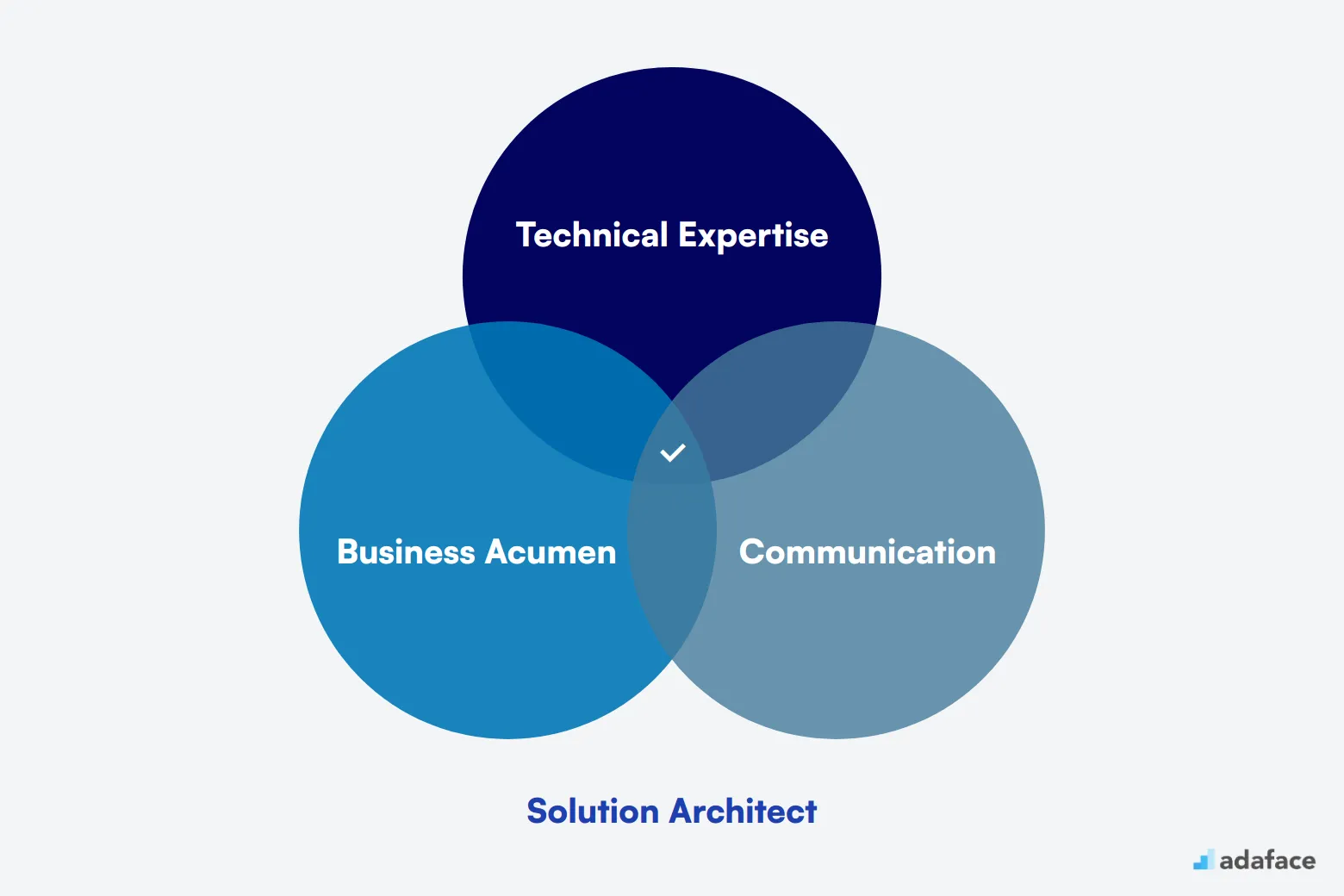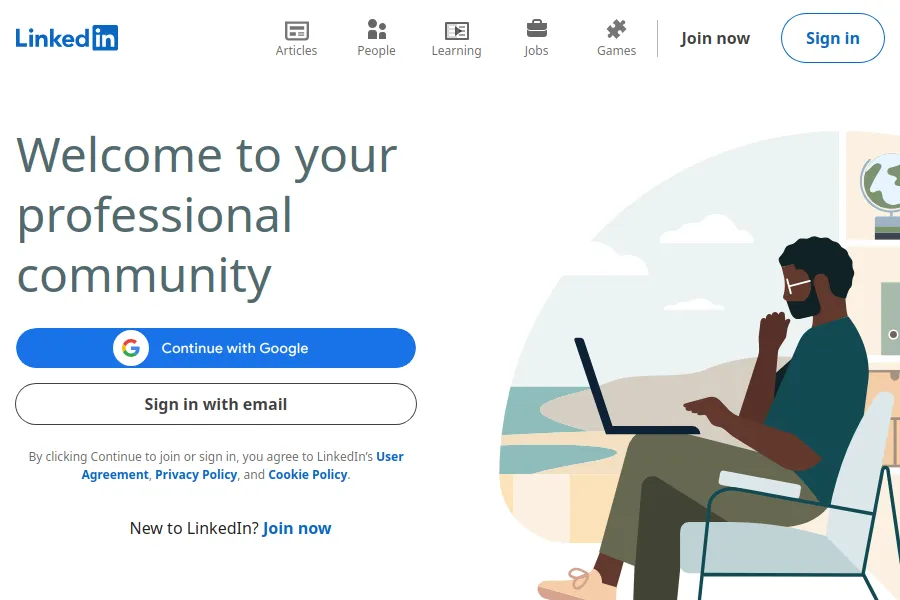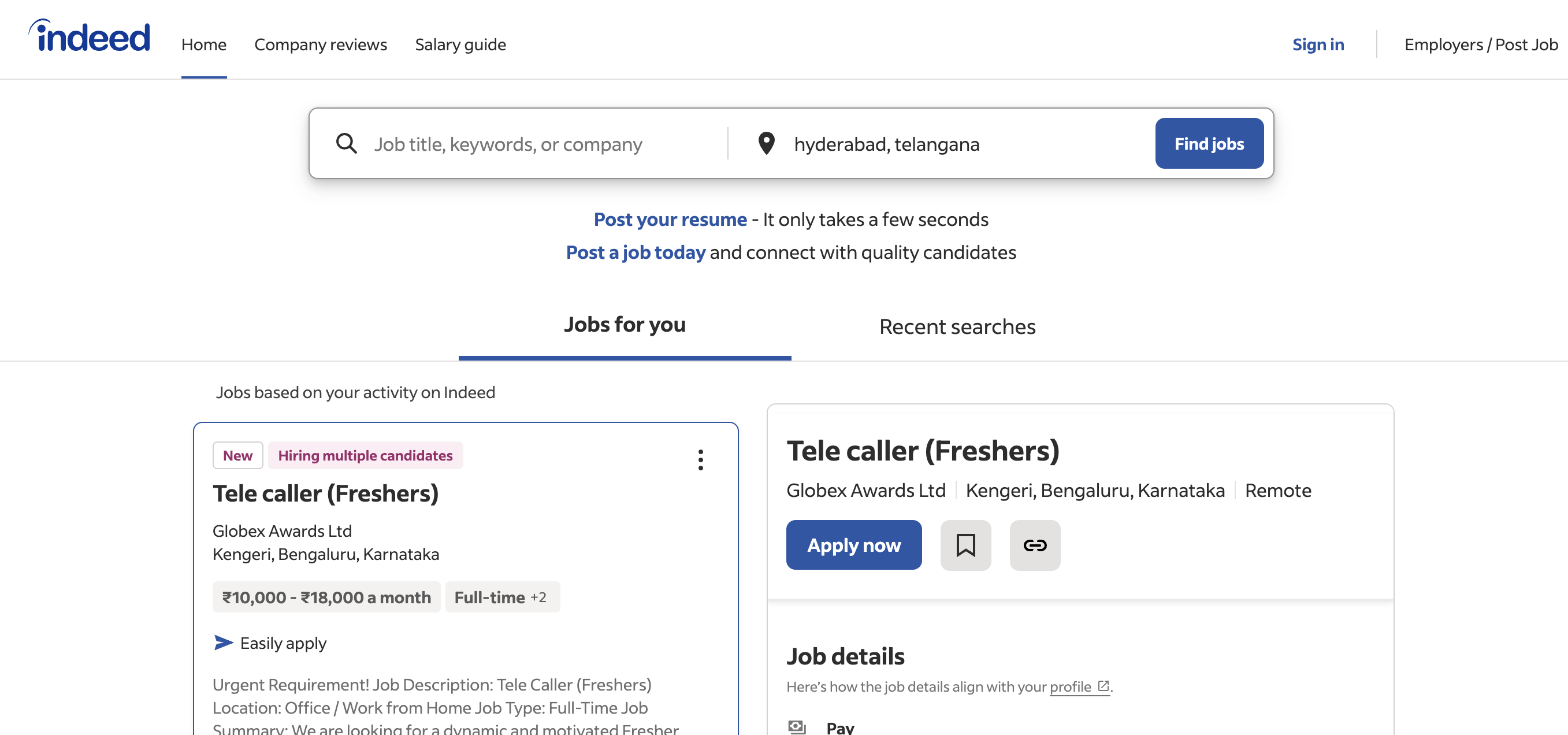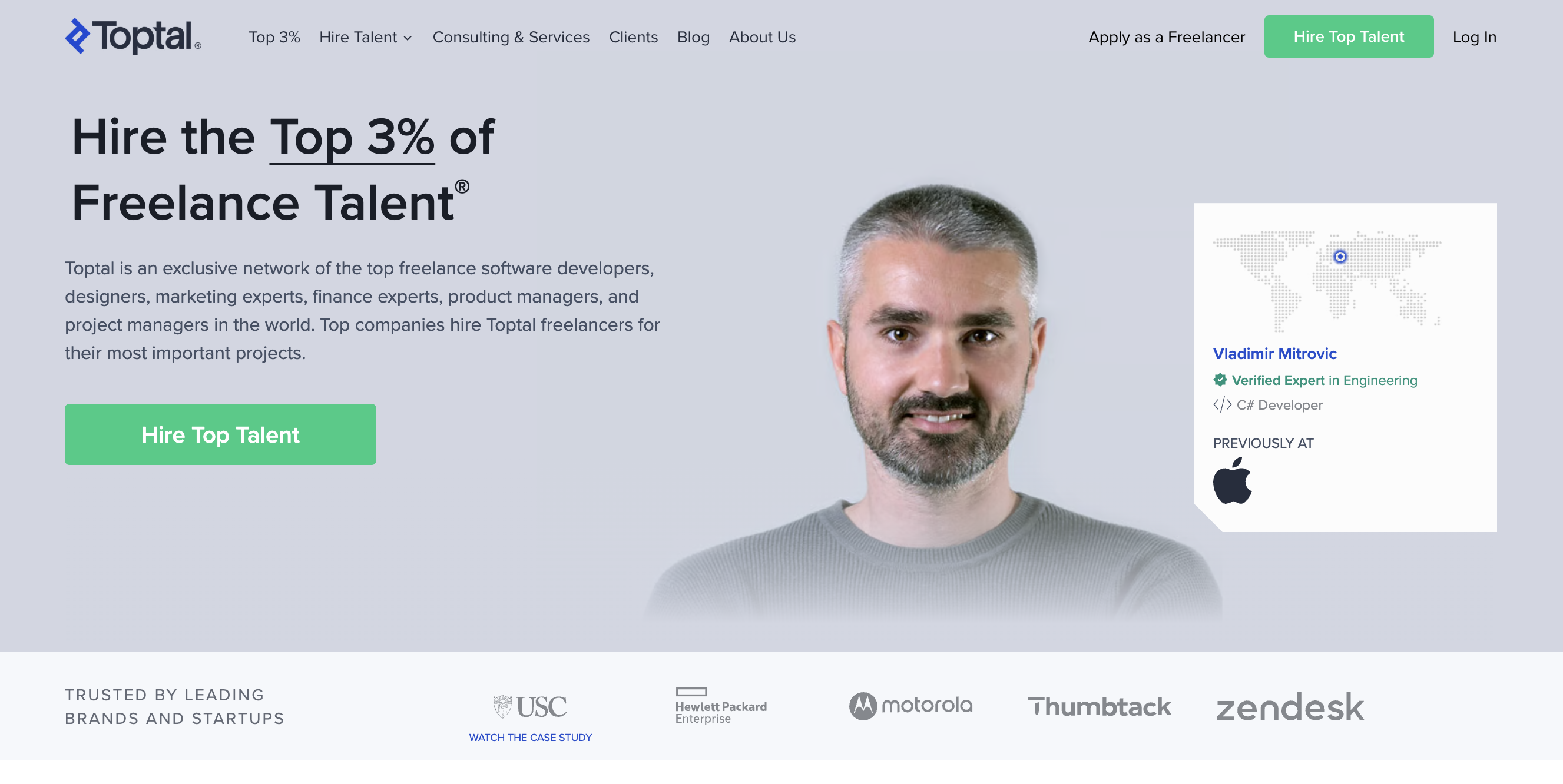Finding the right Solution Architect can be a game-changer for your organization. These professionals bridge the gap between business needs and technical solutions, ensuring that your IT infrastructure aligns perfectly with your company's goals. However, many recruiters stumble when hiring for this role, often overlooking the unique blend of technical expertise and business acumen required.
This comprehensive guide will walk you through the process of hiring a top-notch Solution Architect. We'll cover everything from defining the ideal candidate profile to conducting effective interviews. For a deeper dive into the specific skills to look for, check out our detailed breakdown of Solution Architect skills.
Table of contents
Why Hire a Solution Architect?
A Solution Architect can help solve complex business problems through technology. They bridge the gap between business needs and technical implementations, ensuring that IT solutions align with organizational goals.
Consider hiring a Solution Architect when:
- Your company is planning a major digital transformation
- You're facing challenges integrating multiple systems
- You need to design scalable and future-proof IT architectures
Before committing to a full-time hire, assess your current technical challenges and future goals. For short-term projects or initial evaluations, working with a consultant might be a good starting point.

What Does a Solution Architect Do?
A Solution Architect designs and oversees the implementation of technical solutions for complex business problems. They bridge the gap between business requirements and technology capabilities, ensuring that the proposed solutions align with organizational goals and technical constraints.
The day-to-day responsibilities of a Solution Architect include:
- Analyzing business needs and translating them into technical requirements
- Designing high-level solution architectures and system integration plans
- Evaluating and selecting appropriate technologies and frameworks
- Collaborating with development teams and stakeholders
- Ensuring solution quality and performance
- Providing technical guidance and mentorship to team members
- Managing risks and addressing technical challenges throughout the project lifecycle
Solution Architect Hiring Process
Hiring a Solution Architect requires a structured process to evaluate their technical expertise and problem-solving abilities. Here's a typical timeline:
- Define the role and create a detailed job description outlining the required skills and responsibilities.
- Post the job opening on relevant job boards and leverage your professional network.
- Review resumes and conduct initial screenings to shortlist qualified candidates.
- Administer technical assessments to evaluate the candidates' coding skills, architectural knowledge, and problem-solving abilities.
- Conduct in-depth interviews with the top candidates, focusing on their experience, technical expertise, and soft skills.
- Perform reference checks and make a final hiring decision.
The entire process can take 4-6 weeks, depending on the number of candidates and the complexity of the role. By following a structured approach, you can ensure that you hire the best candidate for the Solution Architect position.
Defining the Ideal Candidate Profile for a Solution Architect
Hiring a Solution Architect can be challenging, especially when it comes to outlining the correct skills and qualifications. Often, what's considered essential for one organization may be optional for another, leading to confusion in candidate evaluation. Understanding the difference between required and preferred skills is key to attracting the right candidates.
To create a clear candidate profile, focus on essential qualifications such as a Bachelor's degree in Computer Science and a solid background in software architecture. Moreover, while proficiency in programming languages is a must, familiarity with cloud computing platforms is becoming increasingly important in today's tech landscape.
| Required skills and qualifications | Preferred skills and qualifications |
|---|---|
| Bachelor's degree in Computer Science, Engineering, or related field | Master's degree in Computer Science or related field |
| 5+ years of experience in software architecture or systems design | Experience with microservices architecture |
| Strong understanding of cloud computing platforms (e.g., AWS, Azure, GCP) | Knowledge of DevOps practices and tools |
| Excellent communication and presentation skills | Familiarity with Agile methodologies |
| Proficiency in at least one programming language | Certifications in relevant technologies or frameworks |
How to Write an Effective Solution Architect Job Description
Once you've defined the ideal candidate profile for your Solution Architect role, the next step is crafting a compelling job description to attract top talent. Here are some key tips to make your Solution Architect job description stand out:
- Highlight key responsibilities and impact: Clearly outline the role's scope, including designing system architecture, leading technical projects, and driving innovation. Emphasize how the Solution Architect will contribute to the company's overall technology strategy.
- Balance technical requirements with soft skills: List essential technical skills like cloud platforms, programming languages, and enterprise architecture frameworks. Also, emphasize the importance of communication, leadership, and problem-solving abilities.
- Showcase your company's unique selling points: Highlight exciting projects, growth opportunities, or innovative technologies your company is working on. This helps attract candidates who align with your organization's vision and culture.
Top Platforms to Hire Solution Architects
Now that you have a clear job description, the next step is to list it on job platforms to attract qualified Solution Architects. This step is essential for sourcing the right candidates efficiently. Choosing the right platform can streamline your hiring process, ensuring you find talent that aligns with your company’s needs.
LinkedIn Jobs
Ideal for finding professionals seeking full-time positions; leverages network connections and detailed profiles.

Indeed
A versatile platform suitable for full-time, part-time, and freelance roles; extensive reach across various industries.

Toptal
Focused on connecting with high-quality freelance talent; competitive for short-term projects requiring specialized skills.

Beyond the initial platforms, here are seven more options to consider. LinkedIn Jobs offers extensive networking opportunities, while Indeed provides a versatile reach for all types of roles. Toptal and Upwork are excellent for freelance or short-term projects. If your company is tech-focused, Dice is a great choice. Hired and AngelList cater well to startups, and for remote positions, consider platforms like Remote OK and FlexJobs. For further strategies on attracting technical talent, you can explore how to attract the best technical talent.
How to screen Solution Architect resumes?
Screening resumes is a crucial step in the hiring process for a Solution Architect, due to the high volume of applications. This stage helps you identify potential candidates who have the required skills and qualifications, ensuring you focus on the most promising profiles.

To manually screen resumes, look for keywords that align with required skills, such as a strong understanding of cloud computing platforms like AWS, Azure, or GCP. Candidates should also display proficiency in programming languages like Java or Python and demonstrate experience with microservices architecture. A bachelor's degree in computer science or related fields is another key attribute to consider.
Leveraging AI Large Language Models (LLMs) can further streamline this process. By inputting specific keywords and criteria into an AI tool, you can efficiently filter resumes, allowing technology to handle the initial screening. This method can save time and ensure no potential candidate is overlooked.
Here's a sample prompt you can use to get started with AI LLMs for resume screening:
TASK: Screen resumes to match job description for Solution Architect role
INPUT: Resumes
OUTPUT: For each resume, provide following information:
- Email id
- Name
- Matching keywords
- Score (out of 10 based on keywords matched)
- Recommendation (detailed recommendation of whether to shortlist this candidate or not)
- Shortlist (Yes, No, or Maybe)
RULES:
- If unsure about a candidate's fit, put the candidate as Maybe instead of No
- Keep recommendation crisp and to the point.
KEYWORDS DATA:
- Cloud Computing (AWS, Azure, GCP)
- Software Architecture (Microservices, CI/CD)
- Programming (Java, Python)
Recommended skills tests to screen Solution Architects
To hire a top-tier Solution Architect, it's important to assess their practical skills through targeted testing. This ensures that candidates not only have the right knowledge but also the ability to apply it effectively in real-world scenarios.
Solution Architect Test: Evaluate if candidates possess the required skills to design, describe, and manage solution engineering. The Solution Architect Test focuses on their ability to create scalable solutions and manage complex systems.
Cloud Computing Test: As cloud technologies are central to most architectures, the Cloud Computing Test ensures candidates understand cloud infrastructure and can integrate systems within it.
Software System Design Test: The Software System Design Test gauges candidates' ability to design robust software systems. It focuses on understanding how different components need to interact within an architecture.
Data Modeling Test: Solution Architects need to manage data efficiently. The Data Modeling Test checks their skills in organizing, interpreting, and managing data to support a scalable architecture.
DevOps Test: Understanding the integration and deployment processes is key for a Solution Architect. The DevOps Test evaluates candidates' ability to oversee automated deployment and ensure the system's health.
Case Study Assignments to Hire Solution Architects
Case study assignments can be a double-edged sword when hiring Solution Architects. While they provide in-depth insights into a candidate's problem-solving abilities and real-world skills, they also come with drawbacks. The lengthy nature of these assignments can deter candidates, leading to lower completion rates and the potential loss of top talent. Let's explore some sample case studies that can help you identify the right candidate.
System Design and Integration: This case study challenges candidates to design a scalable system architecture that integrates multiple systems. It's recommended for Solution Architects because it evaluates their capability to strategize and implement systems that work cohesively within a business. The complexities of system integration are crucial to assess their skills against the solution architect job description.
Cloud Migration Strategy: Here, candidates are tasked with developing a plan to migrate an existing on-premise system to the cloud. This assignment is essential as it assesses their understanding of cloud technologies and their ability to plan for scalability and cost-efficiency.
Business Process Improvement: This assignment involves analyzing existing business processes and recommending improvements. It’s a great way to test a candidate’s analytical skills and their ability to align technological solutions with business needs. Such exercises echo the skills required for a solution architect.
Structuring Technical Interviews for Solution Architects
After candidates pass the initial skills tests, they should proceed to technical interviews. These interviews are key to assessing a candidate's hard skills and problem-solving abilities in real-world scenarios. While skills tests help filter out unqualified applicants, technical interviews are crucial for identifying the best-fit candidates for the Solution Architect role.
Consider asking these example interview questions: 1) Describe a complex system architecture you've designed. 2) How do you approach integrating legacy systems with new technologies? 3) What methodologies do you use for risk assessment in solution design? 4) Can you explain your process for gathering and analyzing business requirements? 5) How do you ensure scalability in your architectural solutions? These questions help evaluate a candidate's experience, technical knowledge, and approach to common challenges faced by Solution Architects.
What are the ranks of Solution Architects?
Many people often confuse the role of a Solution Architect with other architectural roles in IT. However, Solution Architects have distinct responsibilities and typically follow a specific career progression. Understanding these ranks can help in effectively hiring the right talent.
• Junior Solution Architect: This is usually an entry-level position for those new to the field. Junior Solution Architects work under the supervision of senior team members, assisting in designing and implementing technology solutions while learning the intricacies of the role.
• Solution Architect: At this level, professionals are responsible for designing and managing solutions across a variety of platforms. They collaborate with stakeholders to ensure that solutions align with business objectives and are technically feasible. For a better understanding of the responsibilities, you can refer to the Solution Architect job description.
• Senior Solution Architect: Individuals in this position have several years of experience and lead complex projects. They are responsible for making high-level design choices, dictating technical standards, and ensuring that architecture aligns with the business strategy.
• Lead Solution Architect: The Lead Solution Architect oversees the entire team of Solution Architects. They ensure consistency and quality in the solutions designed by their team and maintain a strategic vision for implementing technology solutions across the organization.
Streamline Your Solution Architect Hiring Process
We've covered the key aspects of hiring a Solution Architect, from understanding their role to crafting job descriptions and conducting interviews. The process requires careful consideration of technical skills, soft skills, and cultural fit.
To make your hiring process more accurate and efficient, use well-crafted job descriptions and skills tests tailored for Solution Architects. These tools will help you identify top candidates who can drive your organization's technical vision forward.
Solution Architect Test
FAQs
Look for candidates with a strong technical background, typically a degree in computer science or related field, along with relevant certifications. Seek experience in system design, cloud technologies, and a track record of successful project implementations. Strong communication and leadership skills are also key.
Use a combination of technical assessments, coding challenges, and system design questions. Consider using platforms like Adaface that offer specialized tests for Solution Architects to evaluate their technical proficiency objectively.
Key soft skills include excellent communication, problem-solving, leadership, and stakeholder management. Look for candidates who can explain complex technical concepts to non-technical stakeholders and demonstrate strategic thinking.
Start with behavioral questions to assess soft skills, then move to technical discussions about past projects. Include a system design challenge to evaluate their approach to problem-solving. Conclude with questions about their vision for your company's technical architecture.
Be cautious of candidates who can't clearly explain their past projects, lack knowledge of current technologies, or show poor communication skills. Also, watch for those who focus solely on technology without considering business impacts.
Include team members in the interview process to assess cultural fit. Ask scenario-based questions that reflect your company's values and work environment. Consider a trial project or probation period for the final candidate.
Present them with real-world architectural challenges your company has faced or might face. Ask them to walk you through their thought process, considering factors like scalability, security, and cost-effectiveness. This approach reveals their problem-solving methodology and technical depth.

40 min skill tests.
No trick questions.
Accurate shortlisting.
We make it easy for you to find the best candidates in your pipeline with a 40 min skills test.
Try for freeRelated posts
Free resources



